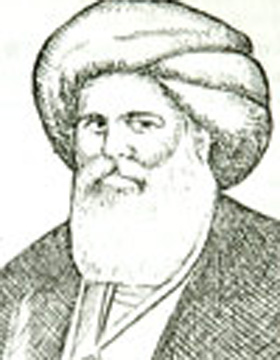
Sheikhulislam Fazil Iravani was born in 1782 in the city of Iravan. He received his first education at the mullah school of the city, and at the age of 20 he went to study at Al-Azhar University in Cairo, one of the oldest universities in the world. Having stayed in Cairo for 20-25 years, he received an excellent education. Then he was akhund in the cities of Isfahan and Tabriz. He wrote works on Eastern history and religious sciences. After returning to his homeland, he became the head of the Blue Mosque in Iravan.
In 1843, Mujtahid Fazil Iravani was the deputy chairman of the Shia Spiritual Department of the Caucasian Muslims, and in 1847–1872 he was the sheikh-ul-Islam of the Caucasus. In 1872, Fazil Iravani, who resigned from the position of Sheikhulislam, returned to Iravan and lived in the “Sheikhulislam” neighborhood named after him. Fazil Iravani died in 1885 in his native city of Iravan at the age of 103.
Fazil Iravani’s “Kitabut-taharat” (“Book of Purity”) was printed in Tabriz in 1883 by lithography method. His short story “Red Rose and Nightingale” was translated by Khocens Markar Gegamyan, who lived in St. Petersburg, and was published in Armenian and Russian languages in 1812. Later, this work was reprinted in French and German in Europe as Hozens Markar’s own original work. The work was translated into French by Wayan de Floribal, and into German by Joseph von Hammer. In 1892, the French researcher Charles Georgen clarified the issue and wrote that “The Rose and the Nightingale” is the work of a Turkish author named Fazil or Fazili, Khocens Markar simply translated “The Rose and the Nightingale” into Armenian and Russian and published it as his own work. Even after it became clear that the real author of the book was Fazil Iravani, the Armenians published “The Rose and the Nightingale” in Fresno (USA) in 1950 as the work of the Armenian author. The original of the work “The Rose and the Nightingale” is kept in Matenadaran – Mesrop Mashtos Institute of Ancient Manuscripts.



